Lessons in architecture learnt in Vorarlberg
“We shape our buildings and afterwards our buildings shape us.”
Winston Churchill
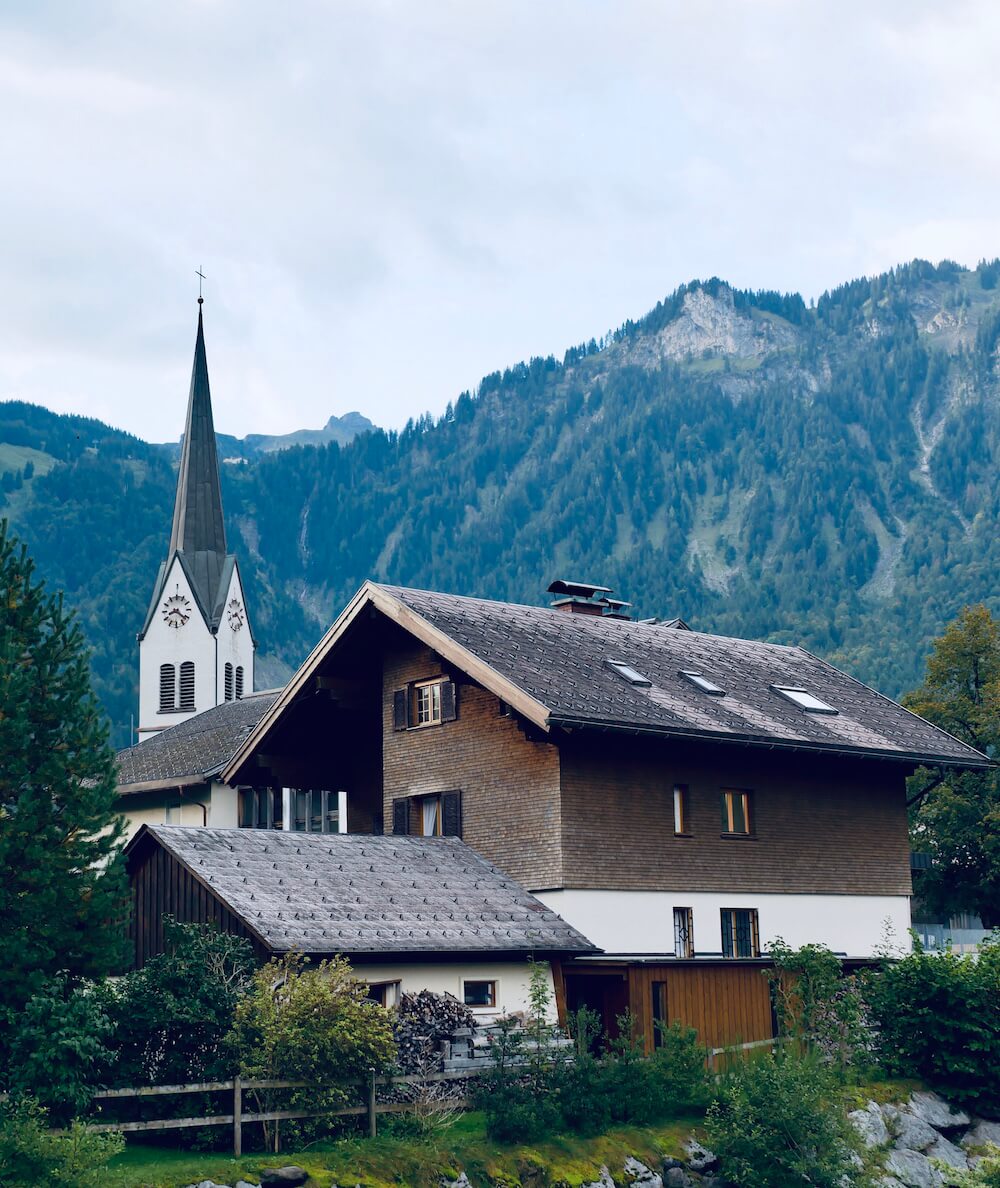
Until recently, I rarely appreciated how much of an impact, architecture had on my mental wellbeing. My indifference could be partially explained by my childhood, growing up in a bustling metropolis like Kolkata. As a kid, I paid scant attention to the cognitive effects that the surrounding concrete jungle had on me. Buildings were something inanimate, whose mere function was to provide me with a place to sleep and provide shelter, security from the elements. I grew desensitised to their form, shape or function. It is only when I moved to Scotland, for my university education that I sensed a shift, an invisible curtain lifted. Suddenly, there was space and light and room for my mind to breathe in. Nothing prepares you for the beautiful desolation of Scotland’s natural landscapes. Living in Scotland, I appreciated the dynamic and constantly evolving relationship between man and nature and how the architecture is a fantastic interface to appreciate man’s relationship to its environment.
Great architecture not only gives us a sense of place but also balance. It brings art, creativity, and infuses beauty into our daily lives in ways we don’t expect it. The older I grow, the more wider the world becomes, the more I appreciate the stories that are hidden in our surrounding architecture, stories waiting to be decoded. Architecture in many ways is like a time capsule, the key to the history of the region. It shapes and defines the landscape and its people. The best thing about enjoying architecture is that it is free and accessible to anyone.
To understand better the impact and importance the built environment can have on our lives, I went on a little roadtrip to the little known province of Vorarlberg last Autumn. If there was a premier league of architectural regions, Vorarlberg would feature quite high on that table. From community centres, museums to mountain tops, private residences and even bus stops in remote villages, Vorarlberg is a treasure trove of amazing architecture waiting to be discovered. If you are looking for the perfect lesson in architecture, this is the place to visit.
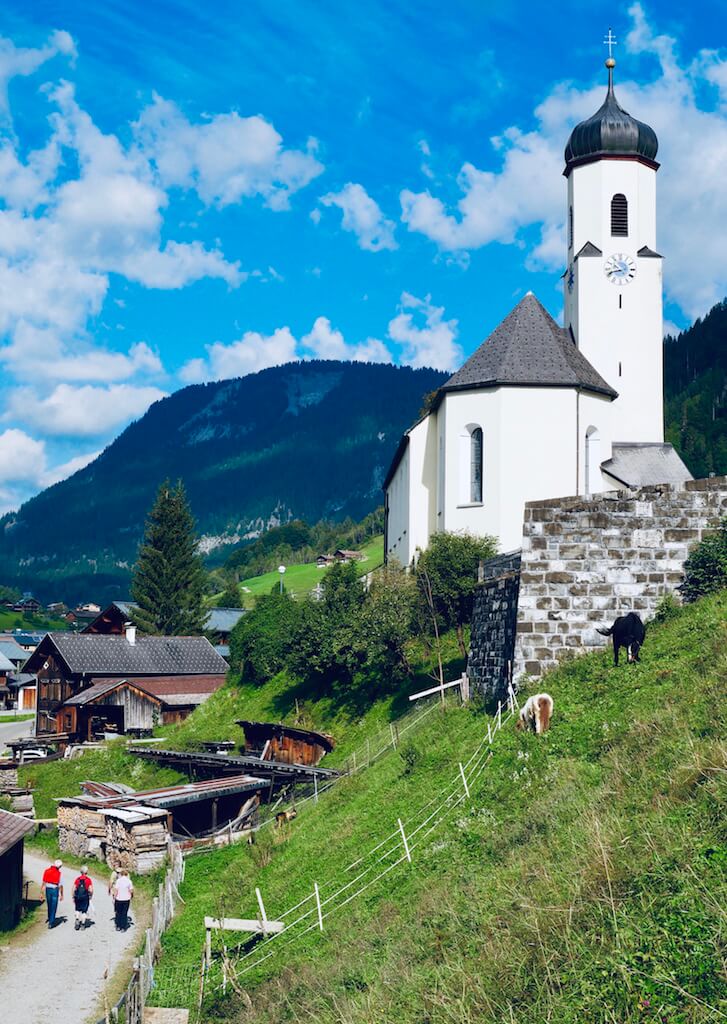
Dominated by a dreamy Baroque church tower that is a feature of many of the villages in the area and of course, the beautiful half timbered houses that are typical of the Bregenzerwald, Schoppernau is the perfect starting point for me to get an insight into the architectural heritage of Vorarlberg.
The location of the town and its significance can be deciphered from the name – many villages in the Bregenzerwald have names that end with the letters “-au”. The German word Au(e) indicates a location close to streams and rivers. Lying on the upper reaches of the Bregenzerach river, Schoppernau for centuries has been a fertile arable land popular with alpine farmers like the famous German writer, social reformer Franz Michael Felder who was also renowned for his gourmet Felder cheese that is still made in the village to this day.
The farmers like Felder built primitive huts in the summer using timber wood from the surrounding forests. Wood was a natural and also sustainable material for building these huts -they were of course durable and had natural insulation characteristics. Through time these primitive huts evolved into large half timbered houses and would typically contain the dwelling, stable and barn all under one roof. Crafted by master builder families such as the Beers, Moosbruggers and Thumbs, these farmhouses became icons of the region and saw the evolution of the building culture that has thrived to the current day.
‘When you look at a human, it’s their face and eyes that strikes you and for these buildings, it’s the doors and their windows that strike your soul.’
Luis Bär
To understand how people in the Bregenzerwald deal with their environment, there is the Umgang Bregenzerwald , a series of 12 short village walks through 13 villages in the region which allows you to stroll through and admire the architectural heritage of each village. We signed up for our walk via the tourism office in Schoppernau ( more details here ) , where we met the passionate Luis Bär, a retired former school teacher who knows every blade of grass in the village and the stories of its people. Luis brought the village to life with a wonderful array of stories and taking us to see some of the town’s most iconic buildings ranging from the Bergkäserei Schoppernau, farmhouses, the old sawmill to the fire department, and the primary school.

Old, renovated farmhouses stand next to contemporary buildings which make Schoppernau’s transformation from a farming village to a tourist resort visible. However, there are still visible scars of the passage of time that are hard to ignore. During our walk with Luis, we notice a few gloriously beautiful but decaying buildings sullenly standing beside the better preserved farmhouses. This is apparently a feature of many older buildings in Bregenzerwald. Luis informed us that the owners prefer them empty and drive up the price rather than sell them to younger people. The sense of loss and sadness deepens when we walk past the workshop house of the local woodworker. There’s a huge pile of rotting wood piled up in his garden that had evidently been left in the open for a while now. The woodworker would have joined pieces of wood together in the village with the help of the water power of the stream in the village. As years went by, there was a steady decline in the needs for his services. He apparently broke his leg recently so the workshop faces an uncertain fate. There is an idea to convert the workshop into a museum but Luis tells me that there’s not enough money around to make this idea a reality.
Nevertheless, the preservation of their architectural heritage and affinity for wooden craftsmanship is of great importance to the people in Bregenzerwald. Vorarlberg’s baroque master builders’ legacy has been carried on by a host of local and international names. High above the slopes of Schoppernau, to understand how the legacy has been passed on, our next stop was the Villa Maund, the interior of the villa which was built entirely by Bregenzerwald craftsmen with the help of one of the world’s most celebrated interior designers.
The Austrian countryside house that William Morris built in the Alps
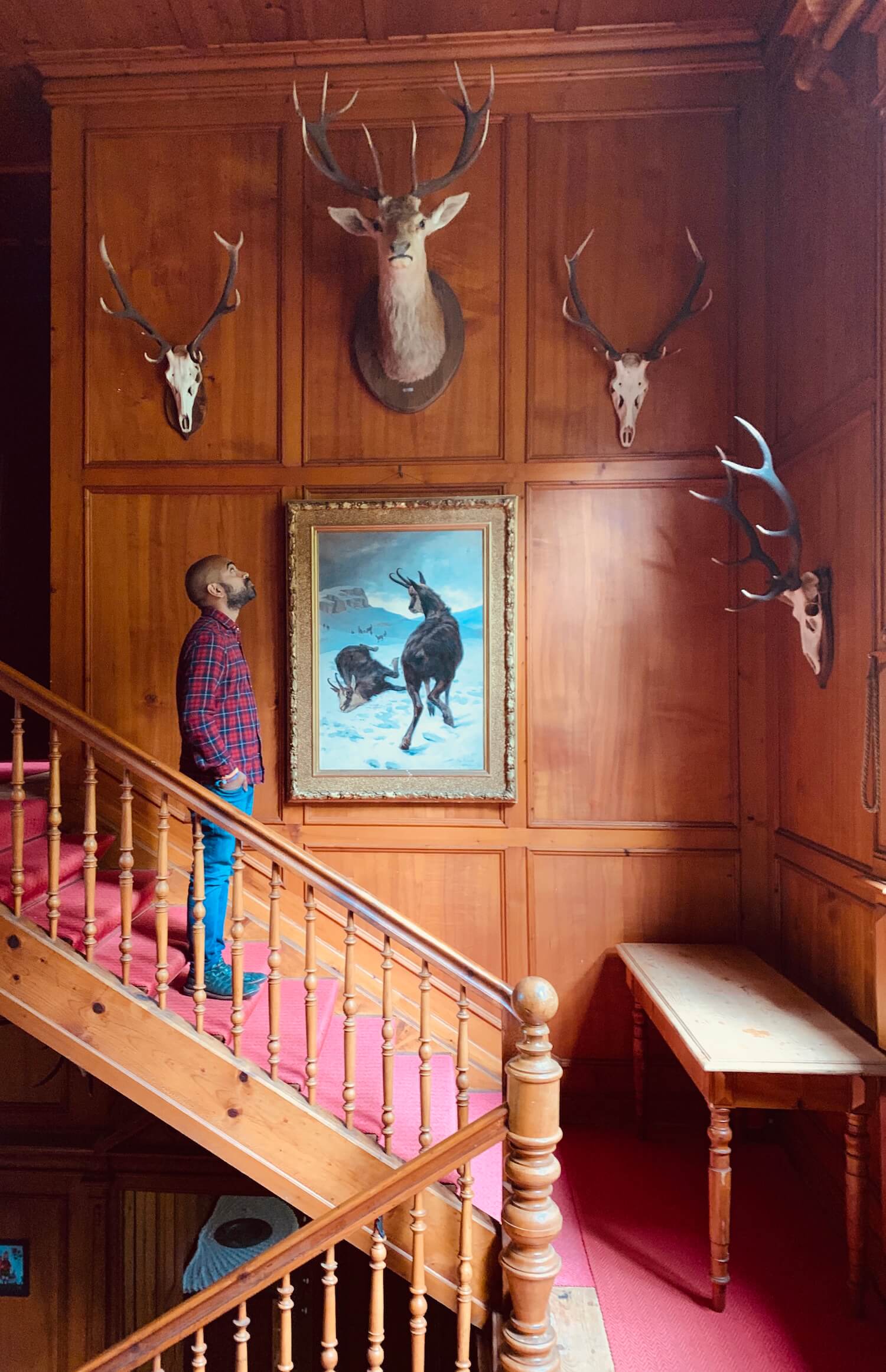
There is a sense of freedom of being towards the top of a mountain. It is the closest thing to flying and feeling like a bird. I drink in the rarified air, a mixture of the sweet aroma of wildflowers and the pungent, bovine scent of the nearby Alpine cows that gorge on the long thick grass. As they sway their heads back and forth in harmony, the huge bells slung around the necks release a wonderful meditative hum. The sound is broken by the distant thunder of water storming down the mountains in the distant background. There is a dark, thick swirling mass of trees encroaching on the steep slopes of the mountain. Below, spread like a bountiful feast, is an amazing panorama of mirror-flat lakes , dreamy church spires, grassy meadows and wooden timbered houses of Schoppernau. I could sit here all day. This would be the perfect place to build my dream house, once I’m rich enough. Ironically, right in the distance where the forest meets the mountain, almost 150 years ago , a famous English painter, architect and poet probably thought the same thing as me and built a beautiful wooden countryside retreat. Quite how William Morris came to design a countryhouse in Vorarlberg, Austria is a mystery. It’s an absurdly beautiful building in a lofty surreal setting.
I did my research and found few precious facts on the internet. Apparently, William Morris designed two other houses for the owner of the countryhouse, Sir John Oakley Maund in Switzerland before designing the Villa Maund in 1891. English banker and mountaineer Sir Maund, played an important role during the “Goldene Jahre des Alpinismus” which was the time when most of the important mountains in the western alps where climbed for the first time. He was the first to climb the east summit of the 4,000 metres (13,000 ft) high Les Droites in the Mont Blanc massif.
The house itself is dreamy, a nod to the excellence of wooden craftsmanship that is a hallmark of the Vorarlberg region. With a striking wooden staircase decorated with taxidermy and a fireplace that is straight out of a Wes Anderson movie, it is a wonderful place to linger in. No surprise, the villa is highly in demand for wedding and special events. Access to the place is complicated but guided tours are offered in the summer by the nearby Hotel Adler.
My Pilgrimage to the Heart of the Region – to Andelsbuch
I continued my pilgrimage to what many consider the heart of Vorarlberg’s architectural wunderland, the village of Andelsbuch. A popular starting point for hikers, skiers and paragliding on the nearby “Niedere”, Andelsbuch has a wonderful air of calm and peace that is only broken by the odd car whooshing by. We are right in the middle of the valley, surrounded by grassy meadows. The main drag of the town is a picture of Austrian rural idyllic perfection – lined with beautiful timber buildings, wooden balconies overflowing with colourful flowers.
The town is an interesting contrast of old and new. You have stunning modern buildings like the two-storey wooden cubed dwelling of the Andelsbuch’s local council offices and the grey brown hued Wälder Versicherung insurance company building. With its pentagram shaped top, I can’t resist taking a shot of it. Somehow it reminded me a lot of the wooden barn building on the album cover of ‘Sleep Well Beast’ by the ‘The National.’ The village naturally draws in tons of tourists thanks to its eye catching buildings but the one place that stands out from all the surroundings is the Werkraumhaus , a minimalist glass temple designed by renowned Swiss architect Peter Zumthor. Designed with the help of tradespeople of the region whose 90 members are involved in everything from wood processing, joiners, carpenters to locksmiths, bricklayers and lighting producers, Werkraumhaus distills centuries of craftsmanship of Bregenzerwald under one roof.
The building with its protruding wooden roof and simple glass facade aptly sums up the fine dialogue that has been started here between built and living environment. Whether you are standing inside or looking in, the surrounding landscape and the building feel very much in harmony and inseparable. Within its 700 m2 space at any time of the year, you can expect a variety of exhibitions showcasing the works of its members.
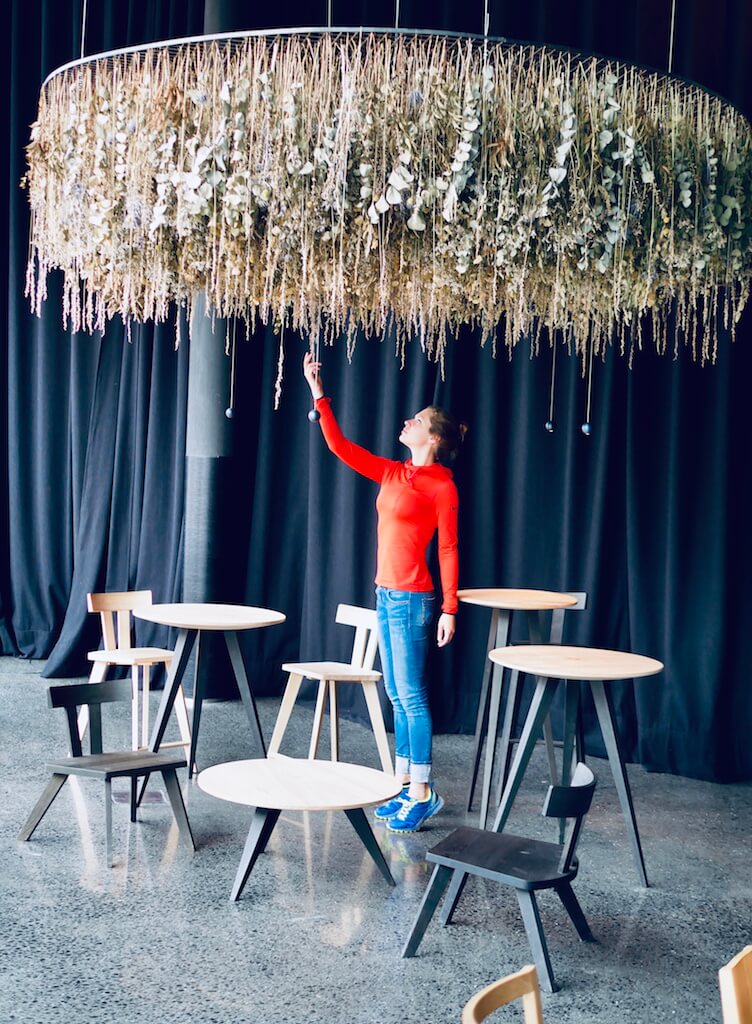
During my visit, I had the chance to experience the excellent GASTGEBEN exhibition which explores the important theme of what craftsmanship and hospitality have in common. Having experienced firsthand the importance of design and how local craftsmanship can elevate the guest experience in hostels, it was an exhibition I really enjoyed and offered me an excellent insight into how local Bregenzerwald craftsmen have shaped the hospitality industry by creating pieces that are not only sustainable but are durable, timeless and functional. Do take time to browse the Werkraumhaus shop which showcases the handiwork of its members with items ranging from felt baby swings, wooden toys to chopping boards and stools. Besides organizing the design competition Handwerk + Form every three years, the centre also organises training at local colleges to ensure that there is enough skilled craftsmen to continue their powerful legacy.
My trip to Vorarlberg was like being ushered into a new world , decoding a new language of the building and living. I think with the pressing issue of climate change and how we, as communities can evolve to withstand its impact, it is important we start developing a better appreciation of the fragile relationship between our built environment and nature.
One such place in Vorarlberg is the small settlement of Krumbach. A village of 1000 people, Krumbach is a scattered settlement typical of Vorderer Bregenzerwald, with large green areas used for agriculture. With a delicate ecosystem, conservation is the watch word here. Local residents have a ‘think local, act global’ approach to living here, hosting events like a book presentation and discussion with author Hans Putzer and Johann Kandler from Climate Alliance on “hunger wars” and recently they organised a puppet show on the topic of ‘Climate justice and sharing’. Even the local church has got involved with establishing a fair trade parish café plus there has been the launch of fundraising efforts for an orphanage in Ghana.
The blue sky thinking extends to the local transport system – there is an excellent public transport system in place, a yellow country bus that connects the villages of Bregenzerwald. However in Krumbach, the bus stops are not your usual boring old bus stops. Here, the bus stops in keeping with the inventive bold tradition of local craftsmanship were designed by a number of world famous local architects. Alongside local architects Bernardo Bader, Rene Bechte and Hermann Kaufmann, a number of international architecture offices were invited to design the small bus shelters for the community of Krumbach.
The result were seven unique bus shelters, all with their own unique architectural styles and built to perfection working with different materials-wood, glass and metal.
The most important aspect of their brief was to spend time in the village, speak to the locals and come up with a design that would represent their culture and traditions and simultaneously stand in harmony with the surrounding environment.
“There’s a million cliches in the world, so if you are just adding to that, you’re not really doing anything that’s creatively different.”
Catherine Hylan
This is epitomised in Krumbach. Today, these modernist creations sit comfortable beside the settlement’s traditionally designed houses. For Hylan, it is the “contrast between this architecture and the surrounding scenery” that most intrigued her.
The bus stops each offer their own unique interpretation of the relationship that the locals have with their environment and remain a testimony to the strong spirit of collaboration that exists in Vorarlberg.
My Take Home Lesson From Vorarlberg
The lesson I take away from this trip, that I think applies to us all is that the amazing harmony that locals in Vorarlberg enjoy with their natural surroundings was achieved without sacrificing their traditions or modernity, their craftsmanship or their building culture. It is a powerful reminder to us all, especially some of our so called world leaders, that progress can be achieved without sacrificing our environment, our ideals and most importantly our community.
Planning your architectural odyssey to Vorarlberg
If you are looking to take one of the Umgang Bregenzerwald free guided tours, click here for the current schedule. The other option is do the tours self guided with the help of the ‘Umgang Bregenzerwald’ book which is a wonderful mix of personal anecdotes from locals and also from writers who have a strong connection to the Bregenzerwald. The book and accompanying folders are available from any one of the tourist offices and from the Bregenzerwald Tourismus office in Egg.
If you’re keen to find out the guided tours of Villa Maund including the option of renting the villa for a special occasion , drop a line to the Hotel Adler Gasthof at [email protected] or phone them on +43 (0)5515 2106
Werkraumhaus is open from Tuesday to Saturday (10 a.m. – 6 p.m ) but remains closed on Sunday and Monday. Entrance fees are €7.50 for adults and there is a discounted rate of €6 for pupils, students, & apprentices. Kids and adolescents up to 16 years go free!
Travel around Vorarlberg for free with their inclusive card!
All of Vorarlberg’s holiday regions offer an Inclusive Card. These cards can be used for public transport, cable cars, museums, recreational centres and for participation in various programmes. In Kleinwalsertal, Montafon, Brandnertal, Klostertal, Biosphere Park Grosses Walsertal and Alpenstadt Bludenz, guests are eligible for a card from participating accommodations from 1 night’s stay (summer and winter) and from three nights’ stay in Bregenzerwald (summer only; incl. Fontanella and Sonntag in the Grosses Walsertal Biosphere Park). For more details click here.
Getting to Vorarlberg
While Vorarlberg does not have its own airport, it is close proximity to the the international airports of Zurich (Switzerland) and Munich (Germany).
Further resources
Checkout my earlier guide of the best things to do in Vorarlberg and also my brand new guide to the best things to do in Feldkirch
Disclaimer
I was invited to the Bregenzerwald by the Vorarlberg Tourism Board to write about the Bregenzerwald. As always, all opinions ( bad and good) expressed here are my own.
Huge thank you to Katrin Preuss, Katharina Fa and the Vorarlberg Tourism Board team for showing us your beautiful home and making our time there memorable.
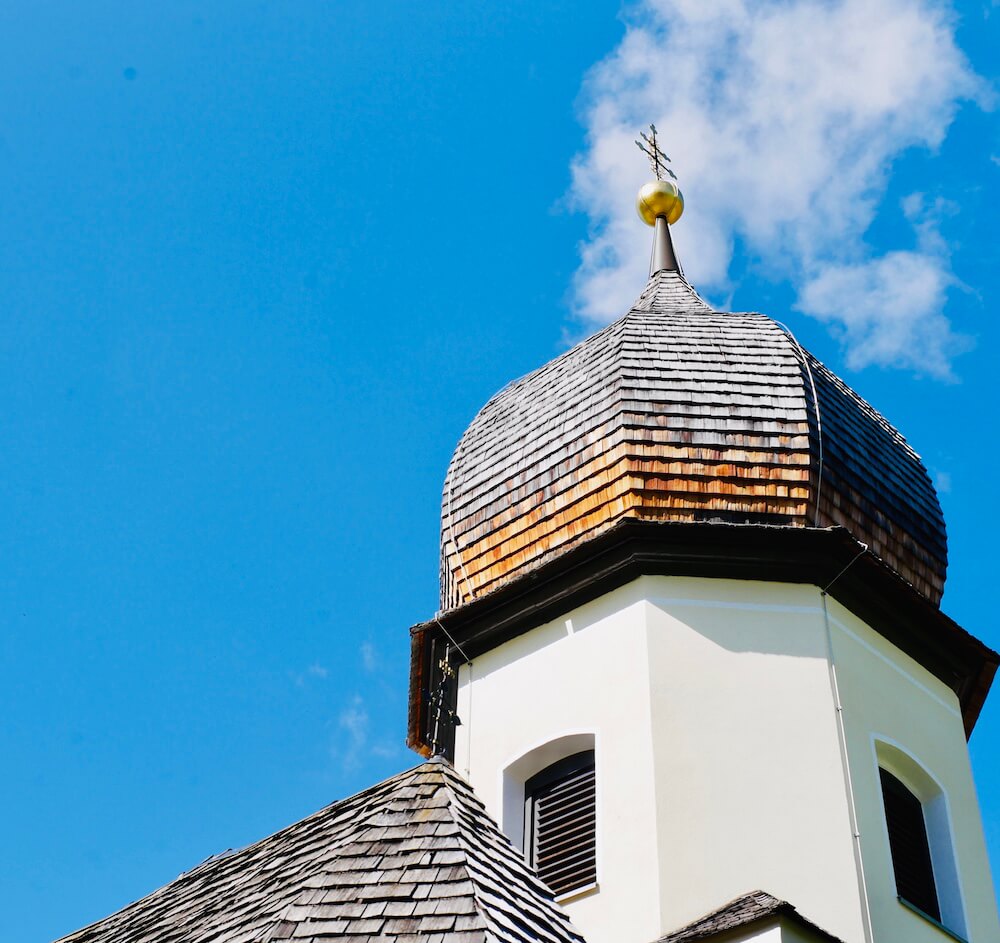
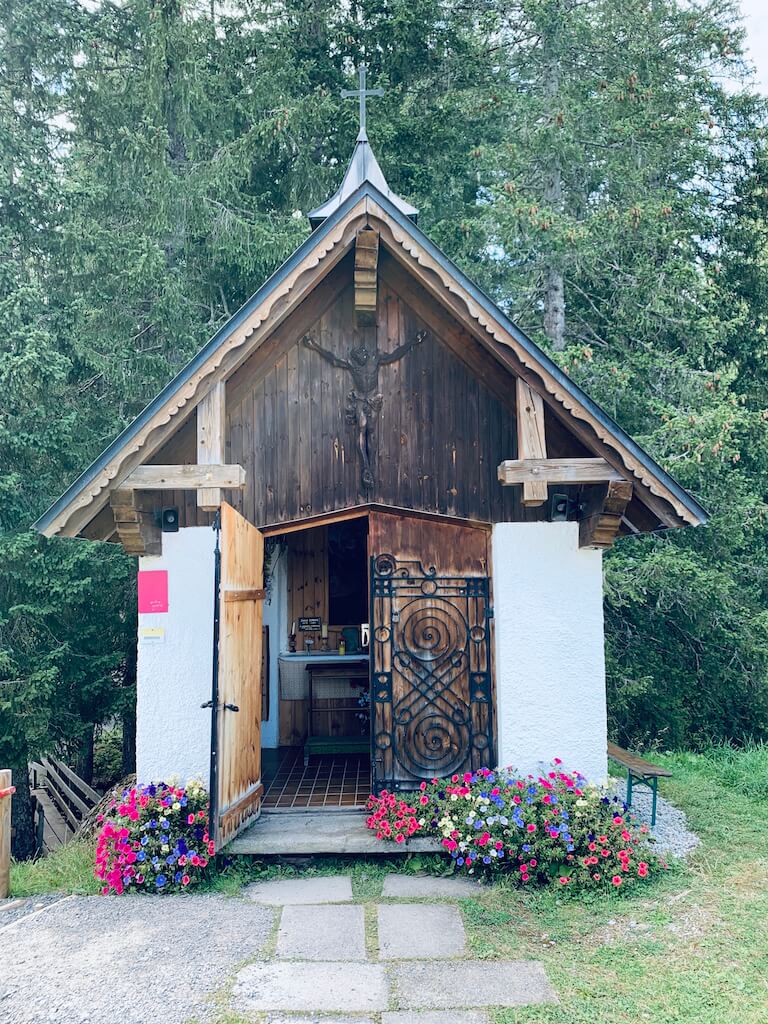
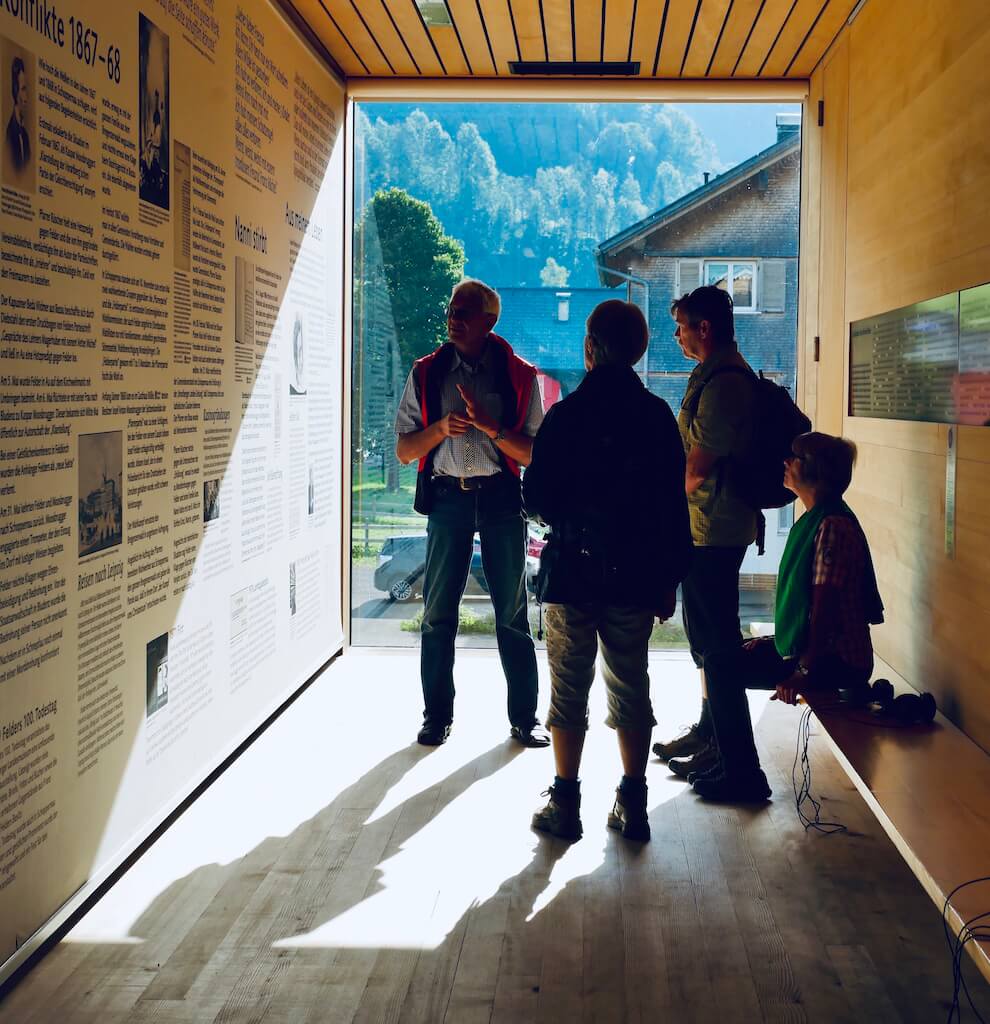
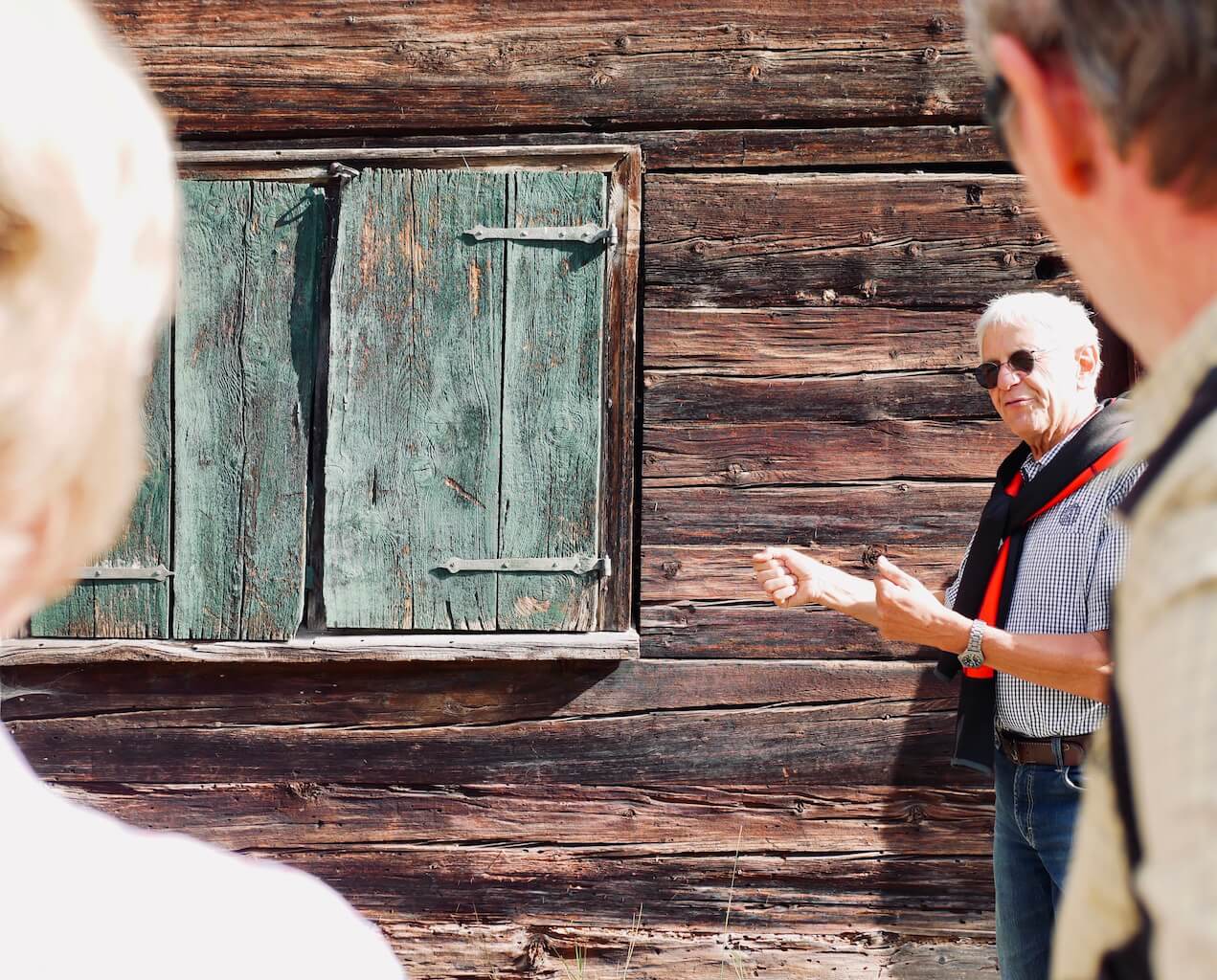
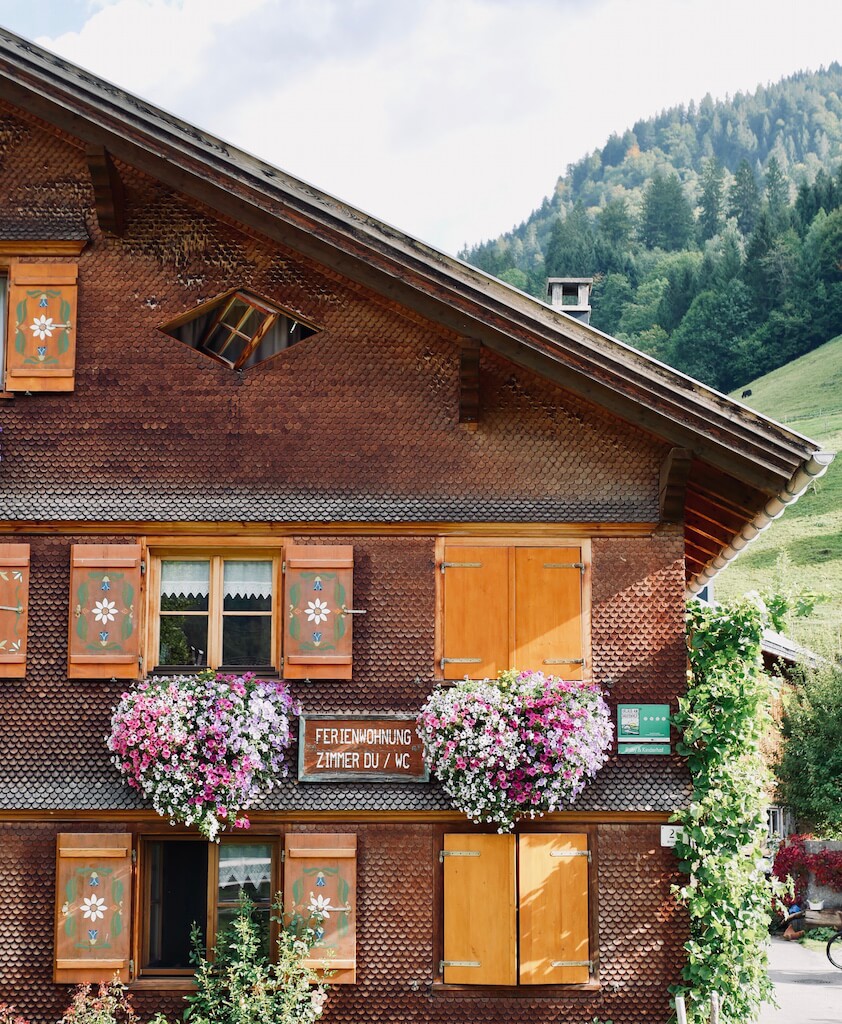
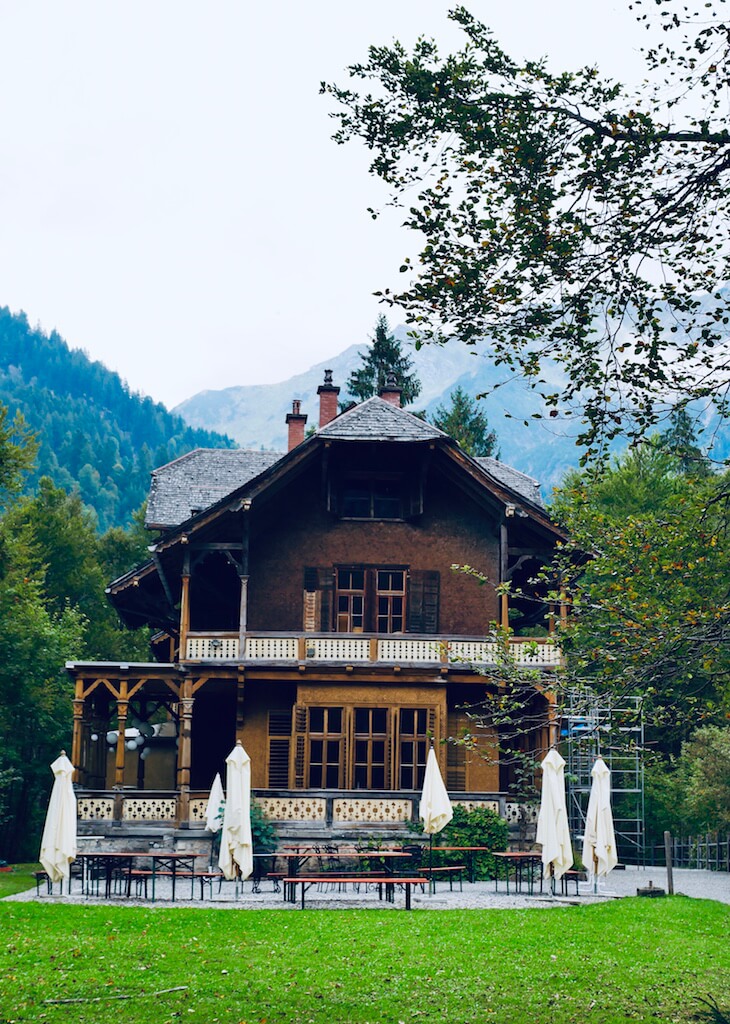
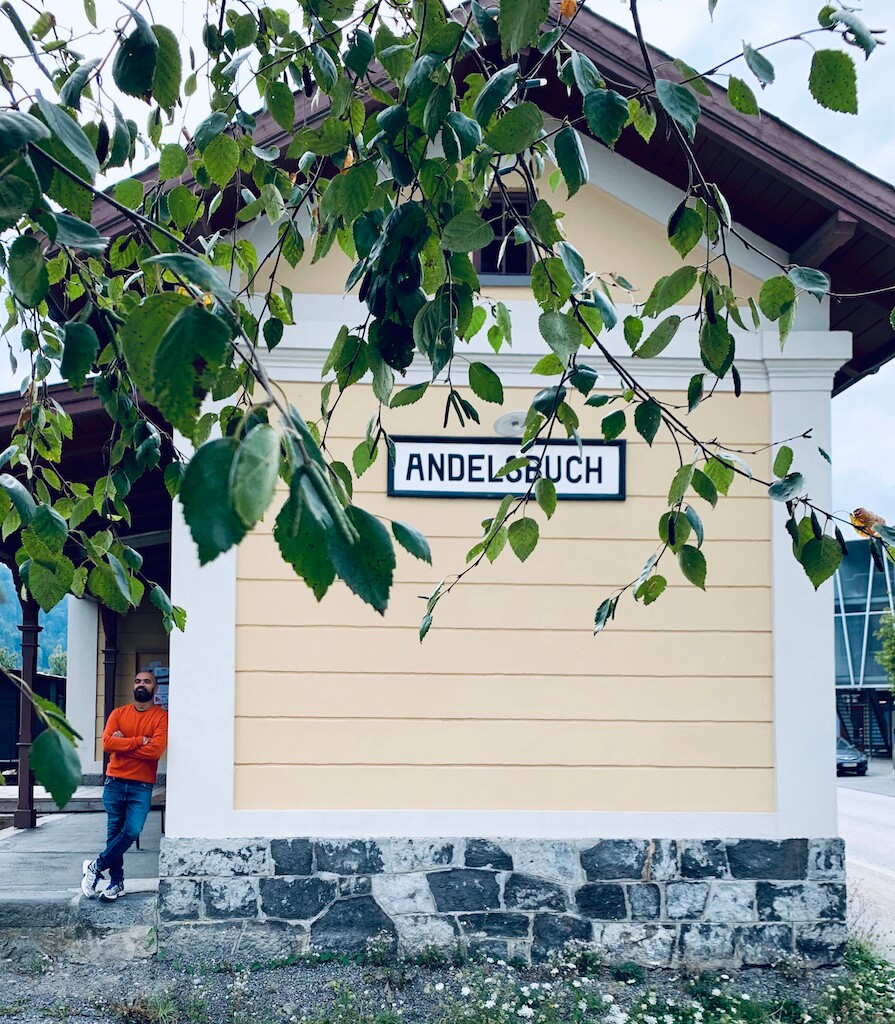

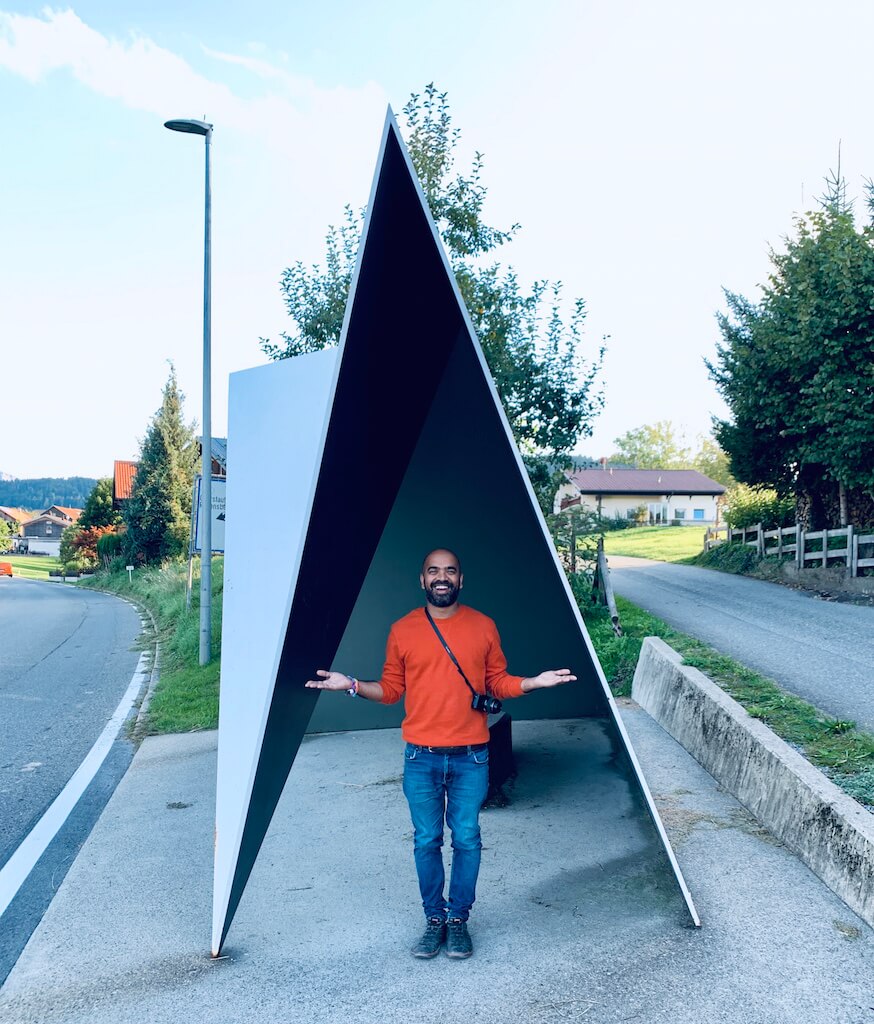
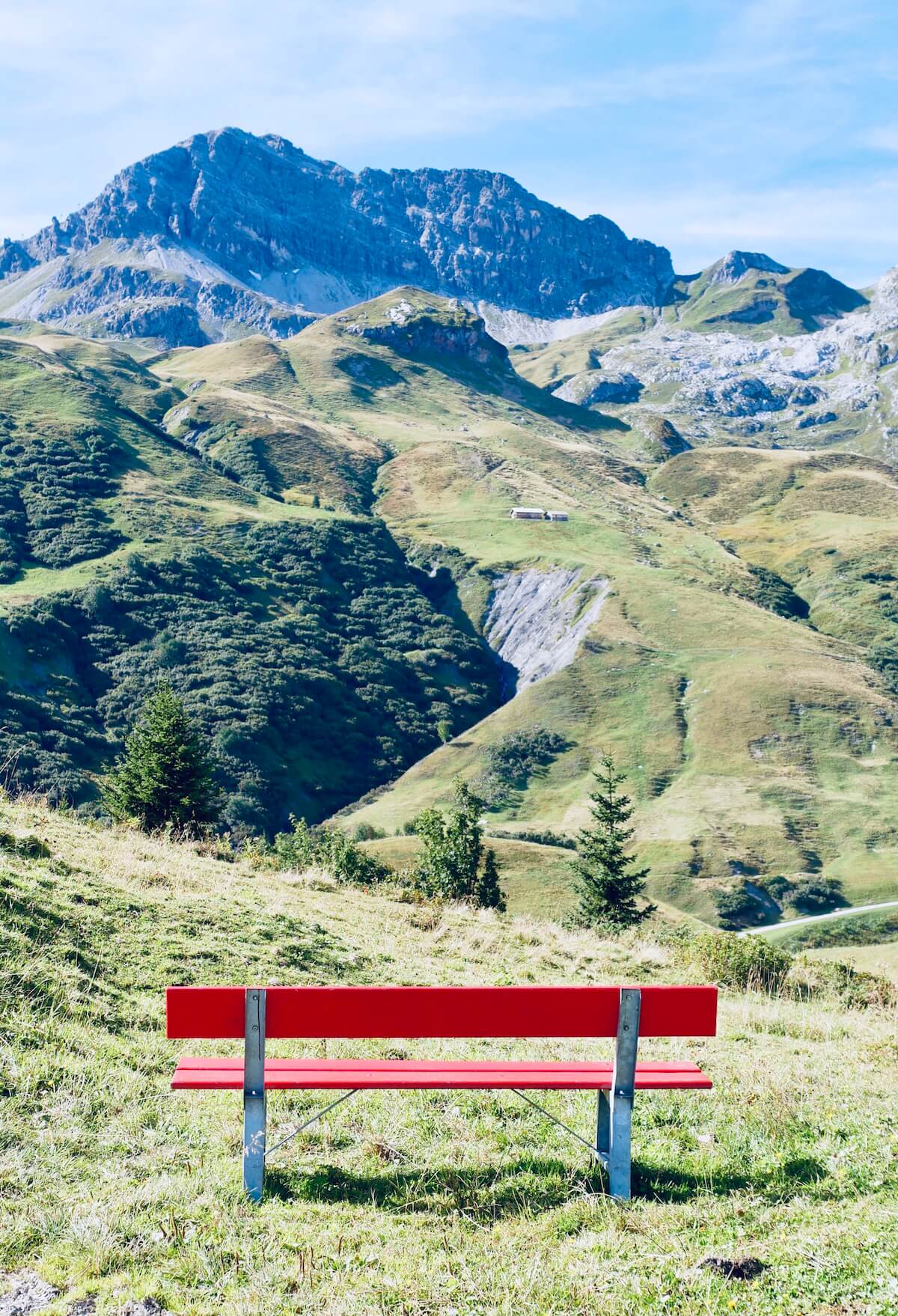

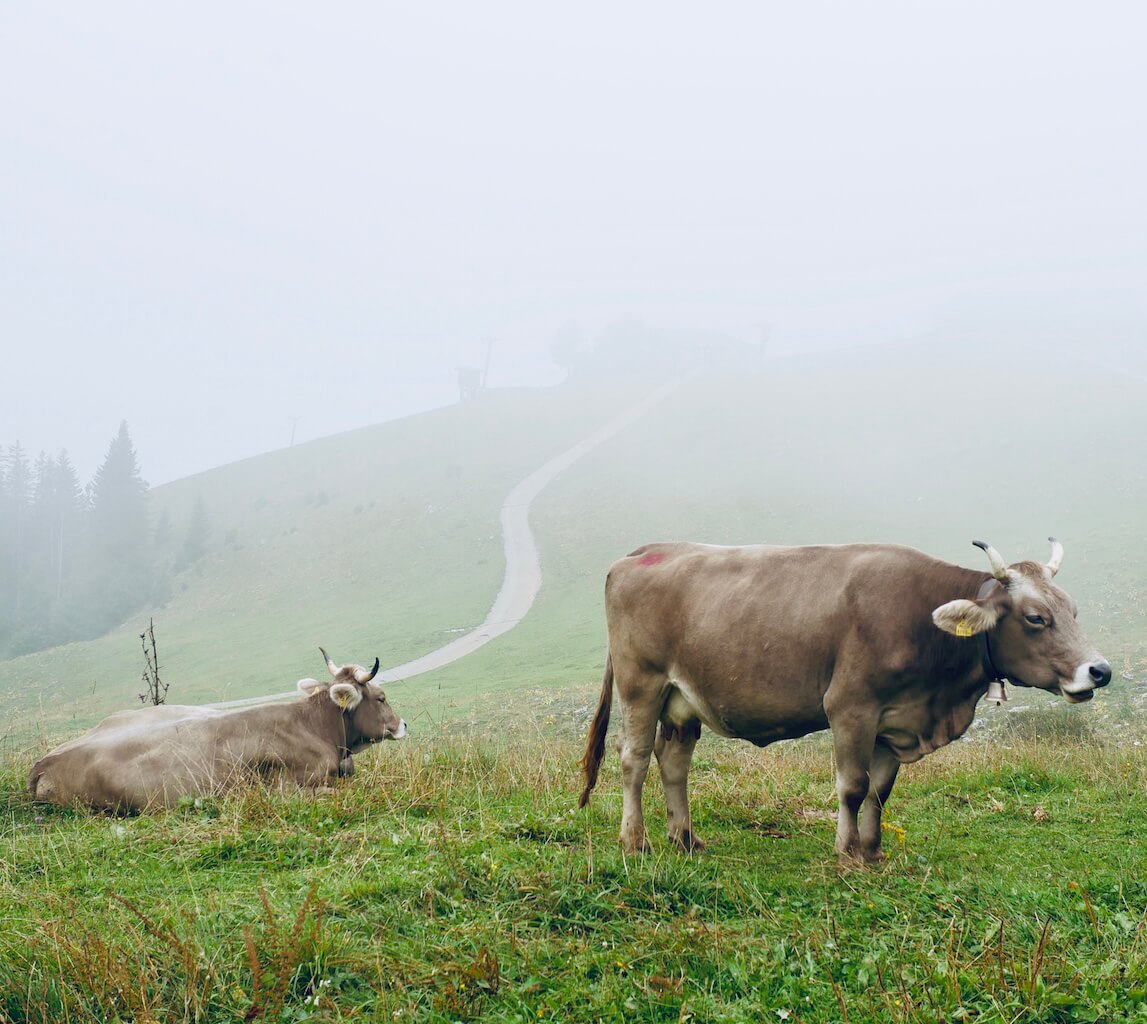
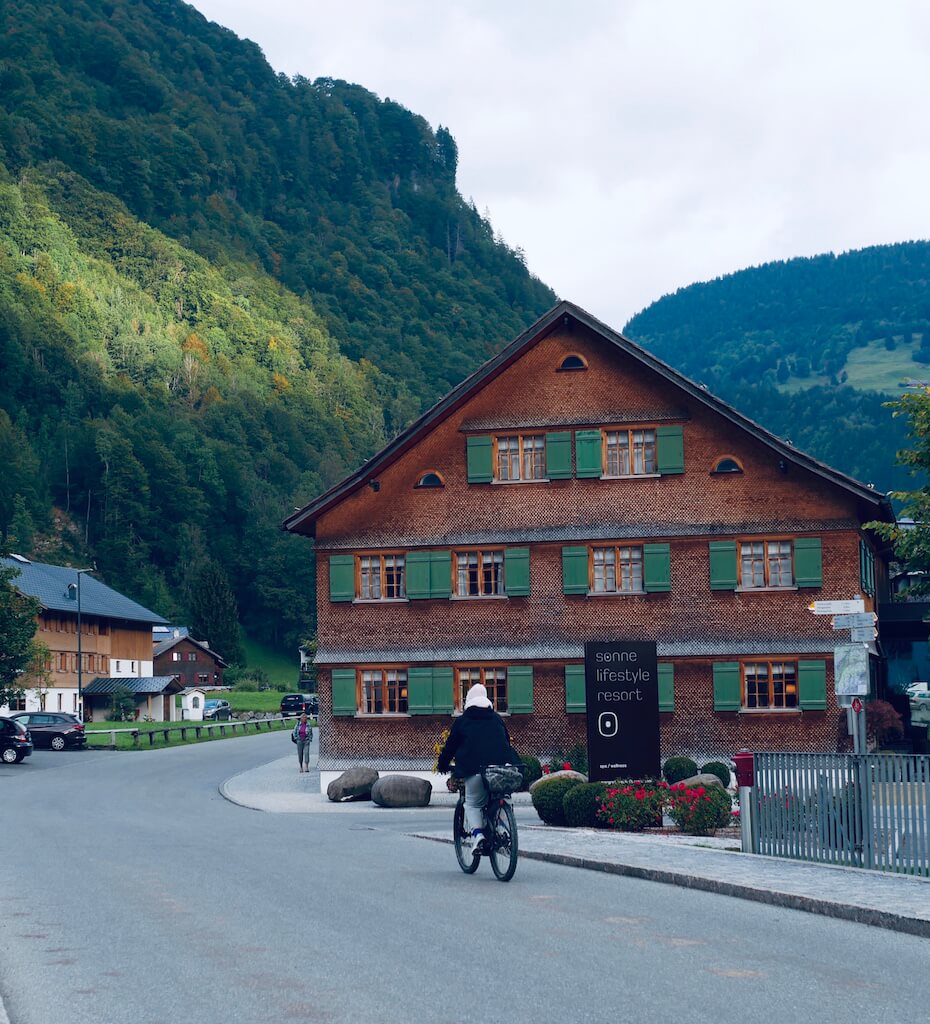
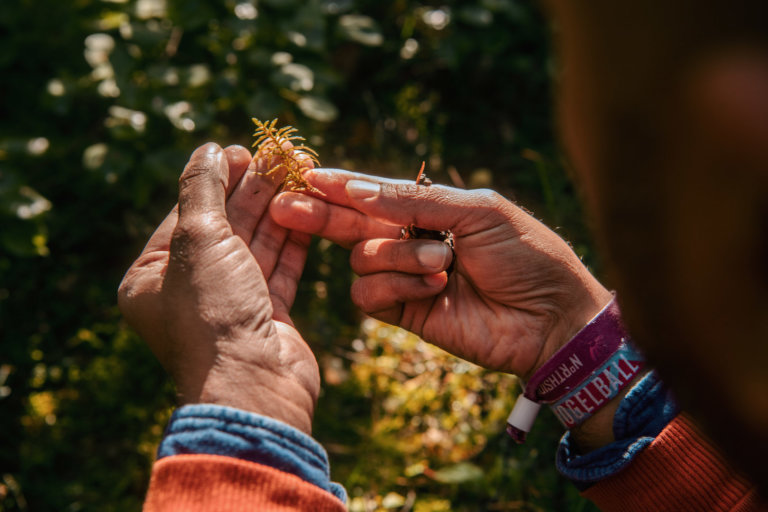
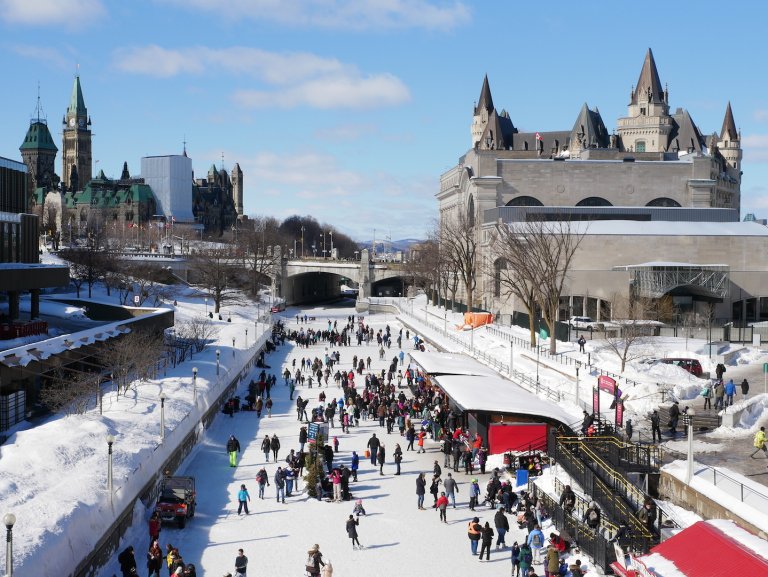
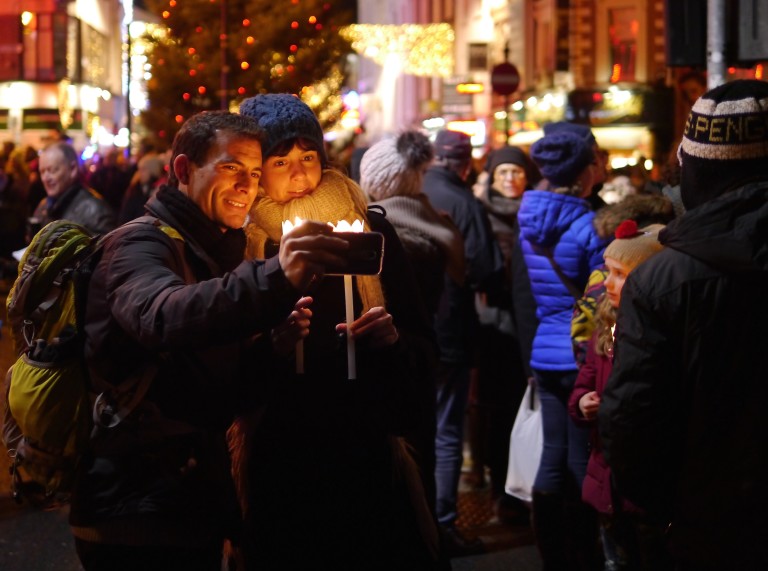
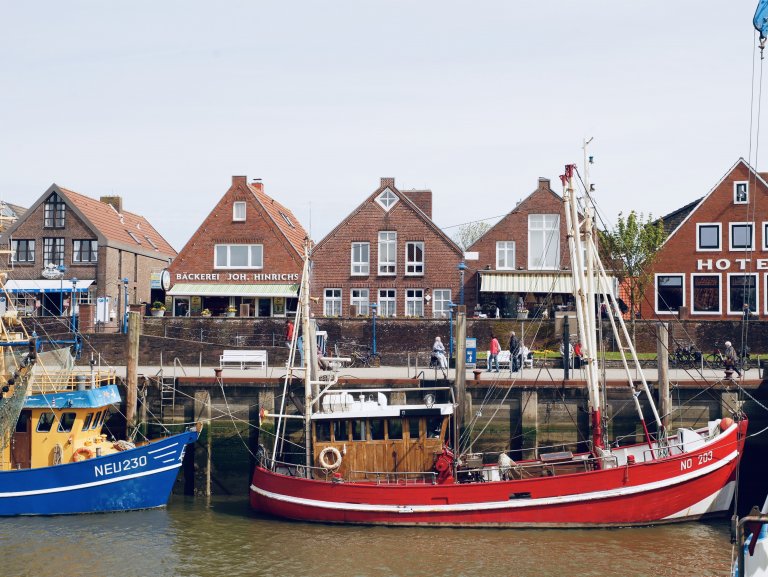
Nice Blog!
The captures are amazing. Loved it.